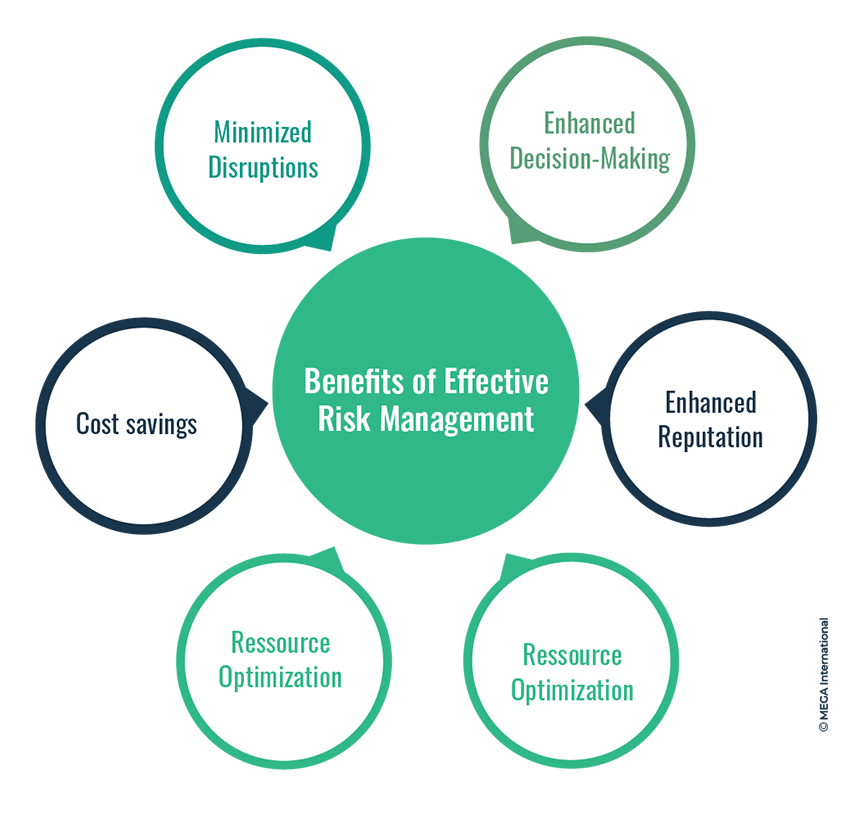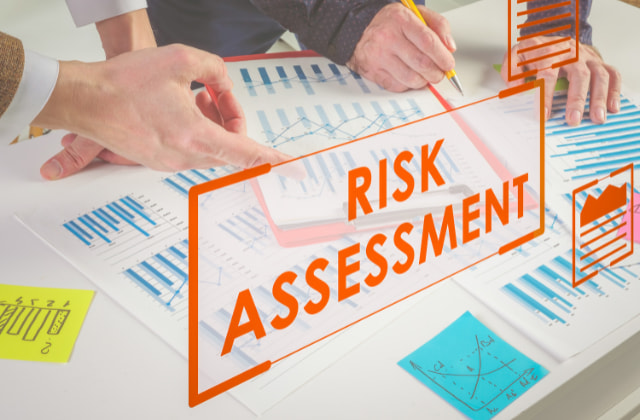Why Organizations Should Emphasize the Importance of Risk Management Now More Than Ever
Why Organizations Should Emphasize the Importance of Risk Management Now More Than Ever
Blog Article
Exploring the Value of Risk Management for Effective Decision-Making Techniques
In the elaborate world of organization, Risk Management arises as a vital element in the decision-making process. The capability to recognize potential risks and possibilities, and plan appropriately, can spell the distinction between success and failing. With tools such as SWOT and PESTEL, organizations are outfitted to make enlightened options, fostering durability and versatility in an ever-changing setting. Wondering exactly how this works? Allow's unpack the characteristics further.
Comprehending the Principle of Risk Management
Risk Management, a critical element in decision-making, is commonly misunderstood or oversimplified. Risk Management entails self-displined and organized approaches, using data and informative assessments. From monetary unpredictabilities, legal responsibilities, tactical Management errors, to mishaps and natural disasters, it attends to different dangers - importance of risk management.
The Duty of Risk Management in Decision-Making Processes
In the world of calculated planning and organization operations, Risk Management plays an important role in decision-making procedures. Risk Management hence becomes a vital tool in decision-making, aiding leaders to make educated choices based on an extensive understanding of the threats entailed. Risk Management offers as an essential element in the decision-making processes of any type of organization.

How Risk Management Enhances Strategic Preparation
In the context of strategic planning, Risk Management plays a crucial function. Launching with the recognition of possible threats, it even more reaches the application of Risk mitigation measures. The function of Risk Management is vibrant however not fixed, as it requires consistent monitoring and adjusting of techniques.
Determining Possible Risks

Executing Risk Mitigation
Risk reduction methods can vary from Risk avoidance, Risk transfer, to run the risk of reduction. Each technique ought to be tailored to the specific Risk, considering its possible impact and the More Info company's Risk tolerance. Reliable Risk mitigation needs a deep understanding of the Risk landscape and the potential impact of each Risk.
Monitoring and Readjusting Strategies
Though Risk mitigation is an important step in tactical planning, constant monitoring and modification of these strategies is equally crucial. This ongoing procedure allows organizations to determine new risks and reassess existing ones, ensuring the applied methods stay effective in the ever-changing service environment. It also provides a possibility to examine the success of the Risk Management steps, allowing modifications to be made where essential, additional boosting calculated planning. Efficient monitoring and change need using analytics and key performance signs (KPIs) to gauge performance. These tools offer valuable data-driven understandings that can inform critical decision-making. As a result, tracking and adjusting Risk Management methods is an essential element for enhancing an organization's durability and calculated planning.
Case Researches: Effective Risk Management and Decision-Making
In the world of company and financing, successful Risk Management and decision-making often serve as the columns of flourishing enterprises. These situations highlight the worth of sharp Risk Management in decision-making procedures. These instances emphasize the essential function of Risk Management in tactical decision-making.
Tools and Techniques for Reliable Risk Management
These devices, such as Risk registers and warmth maps, aid in recognizing and examining potential threats. Risk reaction strategies, a vital component of Risk Management, include approving, next preventing, moving, or mitigating dangers. With these tools and methods, decision-makers can navigate the complex landscape of Risk Management, therefore facilitating informed and efficient decision-making.
Future Patterns in Risk Management and Decision-Making Approaches
As we explore the substantial landscape of Risk Management, it becomes evident that the methods and devices used today will certainly remain to evolve. Future patterns point in the direction of a boosted reliance on innovation, with fabricated intelligence and equipment knowing playing significant functions. These technologies will allow companies to predict potential risks with greater accuracy and make even more informed choices. Furthermore, there will certainly be an expanding emphasis on resilience, not just in managing threats yet additionally in recuperating from damaging scenarios. The principle of Risk culture, where every participant of a company is conscious and included in Risk Management, will certainly gain extra importance. my blog These fads declare an even more inclusive and positive strategy towards Risk Management and decision-making.
Verdict

Risk Management therefore becomes a vital device in decision-making, assisting leaders to make informed options based on a thorough understanding of the threats included. Risk reduction approaches can vary from Risk evasion, Risk transfer, to risk decrease (importance of risk management). Effective Risk mitigation needs a deep understanding of the Risk landscape and the potential influence of each Risk. Risk feedback methods, a key component of Risk Management, involve accepting, staying clear of, moving, or mitigating threats. The principle of Risk culture, where every participant of a company is mindful and involved in Risk Management, will obtain a lot more prominence
Report this page